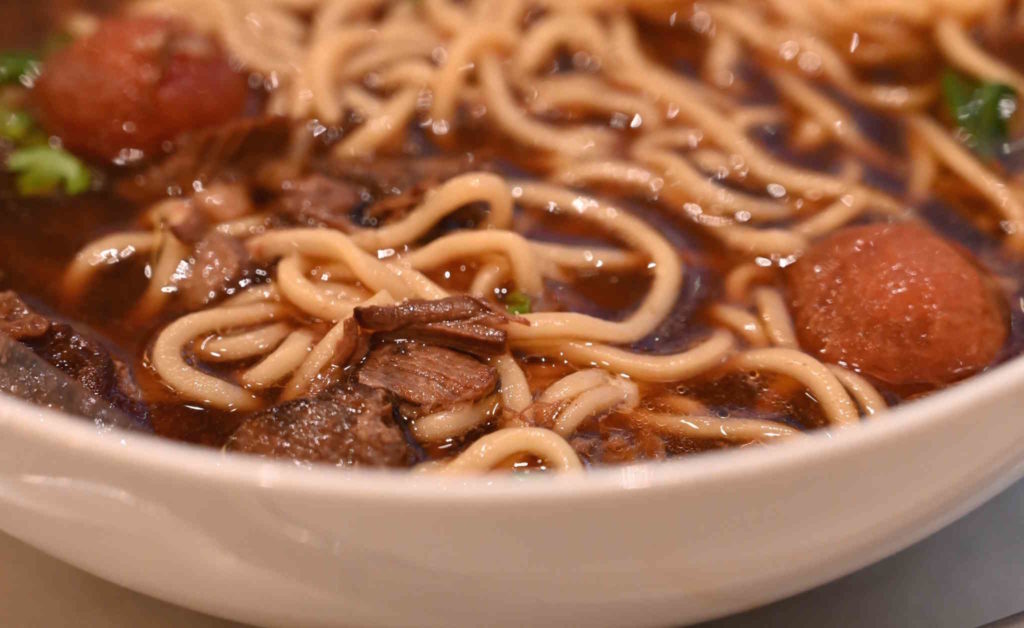
Taiwanese beef noodle soup is a real treat.
Taiwanese beef noodle soup is a real treat. If you’ve never had it before, then you owe it to your tastebuds. It is one of the most popular meal offerings in Taipei, the capital of the little island once upon a time known as Formosa. However, it’s important to note that preparing this amazing soup takes plenty of patience and dedication. The core ingredients (besides the noodles) are tomatoes, bean paste, and a succulent beef shank that produces a delightful broth with a wonderful mouth-feel. Let’s learn more about it right now!!
Step One: Prep the Broth
Before you can add anything else, you’ve got to get the broth ready. No soup is complete without a hearty broth to hold it together! Then again, you do have the soups that are suspended in lighter broths that are equally as delicious, but we digress. Believe it or not, apples and carrots can kick the sweetness up the notch, and it works. Boneless shanks also speed up the process by a considerable amount of time; this is probably the best method for home cooks to try. Hot bean paste and dried chilies can also make the broth spicier if you so desire.
Step Two: Fry Up the Aromatics
Like so many other examples of Chinese and Taiwanese cooking, the aromatics have an important role to play. Ginger, garlic, and dried chilies are integral elements and then they are mixed with rice wine, soy sauce, black vinegar, and yes even some sugar. Frying the aromatics is essential because it infuses the noodle soup with flavor and color that it wouldn’t have otherwise.
Step Three: Drop in the Tomatoes
It may sound strange to add something from the Western Hemisphere into something that developed in the Eastern one. But yes, you can’t exclude the tomatoes. However, do note that the tomatoes need to go in at the beginning of the cooking process so they don’t overwhelm the other flavors involved. Plus, it adds that indescribable flavor of umami and some much-needed MSG. After all, MSG isn’t bad all of the time!
Step Four: Understand the Value of QQ
Many consumers here in North America might not understand the value of QQ, which is a major part of Taiwanese cooking culture. Even then, they might only recognize it used as an adjective for a particularly well-made cup of boba tea. Braised beef shank achieves this divine texture quality, though. The translation means “bouncy” much like tapioca pearls are. If you are feeling extra adventurous, then don’t hesitate to add some oxtail to your next bowl of noodle soup!
Get All Your Asian Groceries at Lotte Plaza Market
Lotte Plaza Market is your one-stop-shop for all of your Korean and Asian grocery needs. With more than 10 locations in Maryland and Virginia, this growing market is always expanding and opening new markets to serve our customers better. Since we opened in 1976, our goal has always been to provide the best customer service and groceries to our customers. For answers to all of your questions, please email us at LottePlaza.com.
